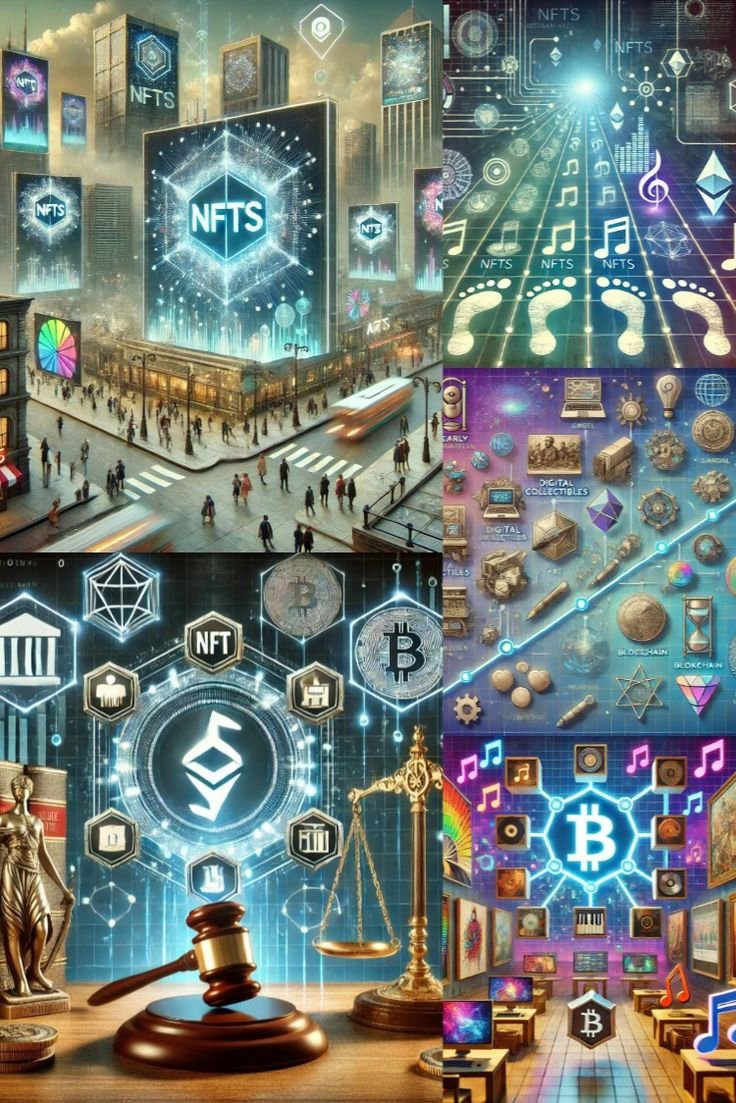The field of artificial intelligence (AI) continues to evolve at a staggering pace, impacting industries, societies, and individuals in profound ways. With advances in machine learning, natural language processing, robotics, and ethical AI, the future promises revolutionary applications that could transform our daily lives. This article explores the latest AI breakthroughs and their implications, offering detailed insights into what to watch for in the coming years.
Machine Learning Expansion
Machine learning (ML) remains at the core of AI innovation, enabling systems to identify patterns and make decisions with minimal human intervention. New techniques are rapidly pushing the boundaries of ML capabilities.
1. Federated Learning for Data Privacy
Federated learning is addressing one of the major concerns in AI—data privacy. This approach allows machine learning models to train on decentralized data without the need to share it. By keeping user data on local devices, federated learning maintains privacy while optimizing algorithms. Tech companies like Google and Apple have already implemented it in features like predictive text and personalized app recommendations.
Implications:
- Healthcare: Federated models can analyze patient data securely to develop new diagnostic algorithms without violating privacy laws.
- Finance: It enables secure credit assessment and fraud detection across devices, reducing risk and enhancing services.
2. Generative AI Models
Generative AI, powered by models like GPT and DALL-E, is redefining content creation by generating human-like text, images, and videos. The latest iterations exhibit enhanced contextual understanding, allowing businesses to produce high-quality outputs in seconds.
Implications:
- Creative Industries: Faster production of marketing assets, scripts, and design concepts.
- Education: Personalized tutoring tools that adapt to individual learning styles.
Advancements in Natural Language Processing (NLP)
Natural language processing bridges the gap between human communication and machine understanding. Recent advancements have drastically improved AI’s ability to interpret and generate natural language.
1. Context-Aware AI
The rise of transformer-based models like ChatGPT-4 has significantly enhanced conversational AI. These systems can now understand nuanced requests, making interactions more natural and productive.
Implications:
- Customer Support: Automated yet empathetic responses improve user satisfaction and reduce operational costs.
- Knowledge Work: Language models simplify tasks like summarizing complex documents, freeing up time for strategic thinking.
2. Multilingual Proficiency
AI is becoming more adept at translation and interpretation across multiple languages. Breakthrough models now handle culturally sensitive phrasing, creating more contextually accurate translations.
Implications:
- Global Business: Seamless communication improves workflows and expands customer reach.
- Content Accessibility: Broader inclusivity for non-native speakers in digital mediums.
Robotics Redefined
The synergy between AI and robotics is delivering intelligent machines capable of performing tasks once thought to be exclusive to humans.
1. Adaptive Robotics in Manufacturing
Modern robots can now analyze their environments and adjust operations in real-time. Factories are increasingly adopting adaptive robots to improve precision and efficiency on production lines.
Implications:
- Economic Efficiency: Lower labor costs and enhanced productivity.
- Sustainability: Reduced wastage as robots optimize resources during manufacturing.
2. Assistive Robotics
Assistive robots are gaining ground in healthcare and customer service. These are designed to support the elderly, individuals with disabilities, or businesses requiring consistent client interaction.
Implications:
- Healthcare: Robots equipped with sensing capabilities assist in patient care, rehabilitation, and complex surgeries.
- Hospitality: Autonomous systems streamline guest relations in hotels, enhancing the overall user experience.
Ethical AI and Responsible Implementation
With great power comes great responsibility—perhaps nowhere is this truer than in AI. As its capabilities grow, so does the need for ethical considerations.
1. AI Governance and Regulations
Regulators are drafting frameworks to ensure AI applications align with societal values. Data transparency, bias elimination, and accountability are becoming mandatory.
Implications:
- Trust-building: Consumers adopt AI-driven tools more confidently knowing ethical practices are enforced.
- Fair Outcomes: Mitigation of algorithmic bias improves equity across housing, hiring, and education decisions.
2. Explainable AI (XAI)
Explainable AI is focused on making AI systems more transparent, ensuring users understand how decisions are made. This is especially crucial for high-stakes industries like healthcare and finance.
Implications:
- Healthcare: Doctors rely on AI explanations to validate diagnoses.
- Legal Aid: Transparent algorithms ensure fairness in judicial applications.
Emerging Trends to Watch
The pace of AI advancements suggests several trends that will shape its future trajectory.
1. AI-Powered Creativity Tools
AI is not just automating processes but enabling creativity. Tools that generate art, write music, or build virtual experiences are becoming more advanced and accessible.
2. AI and Climate Action
AI-driven climate models are helping scientists predict environmental changes with greater accuracy. Machine learning algorithms analyze vast datasets to create actionable solutions for conservation and renewable energy projects.
3. Augmented Intelligence
Instead of replacing human effort, augmented intelligence complements human skills. By automating repetitive tasks, professionals can focus on strategic and creative challenges.
Key Takeaways
Advancements in artificial intelligence bring remarkable potential to reshape industries while addressing critical global challenges. By keeping an eye on breakthroughs in machine learning, natural language processing, robotics, and ethical AI, individuals and organizations can stay ahead of the curve.
The key lies in balancing innovation with responsibility to ensure AI develops in ways that benefit society while minimizing risks. From creating smarter tools to solving global problems, the future of AI is poised to not only change how we live and work but also inspire new possibilities across every aspect of life.




